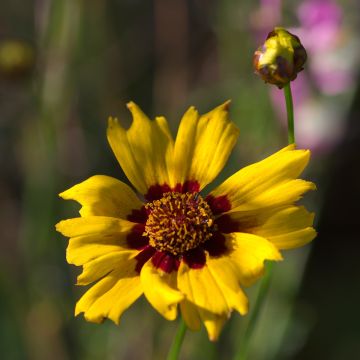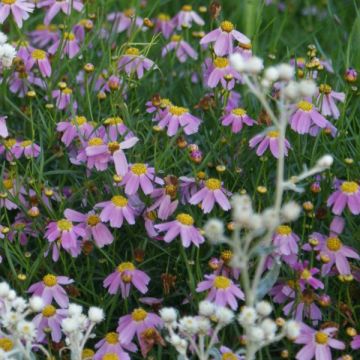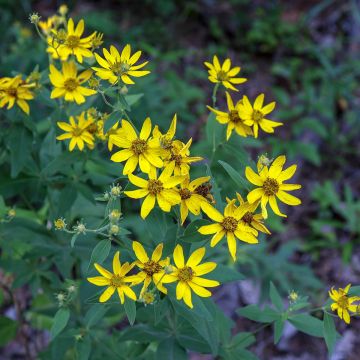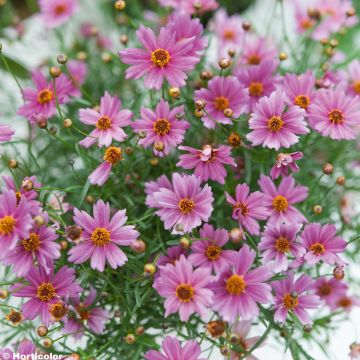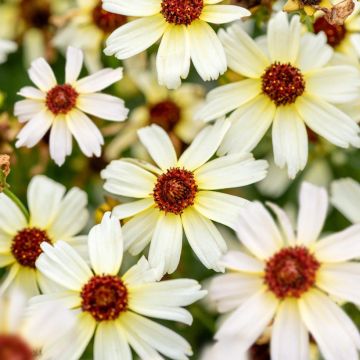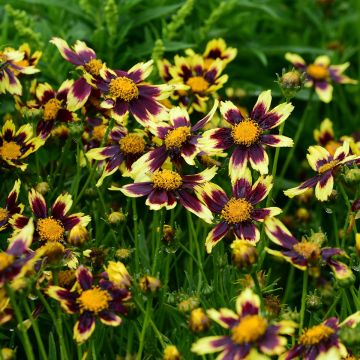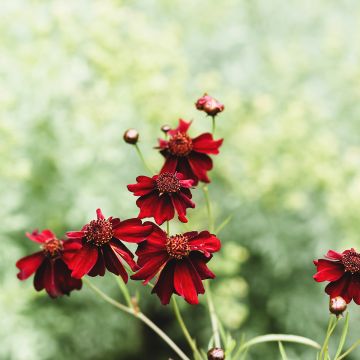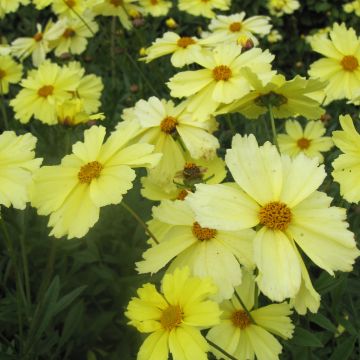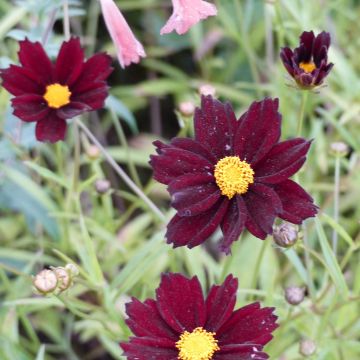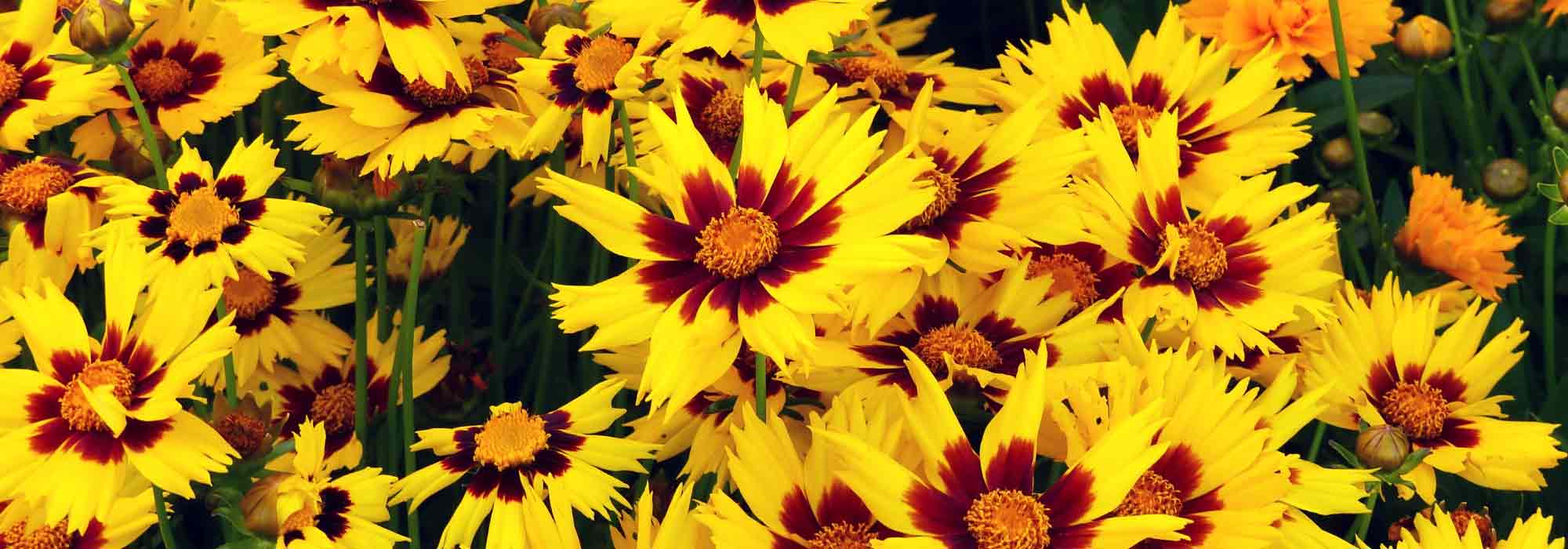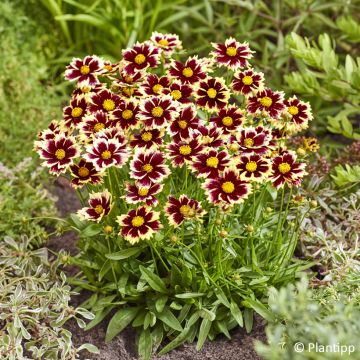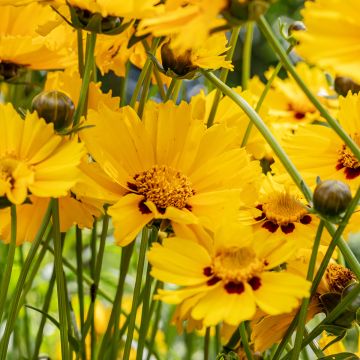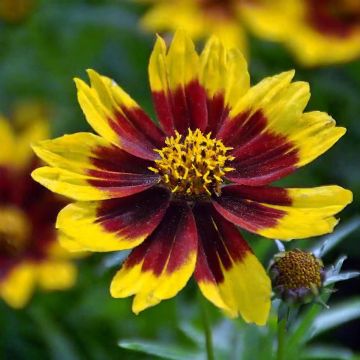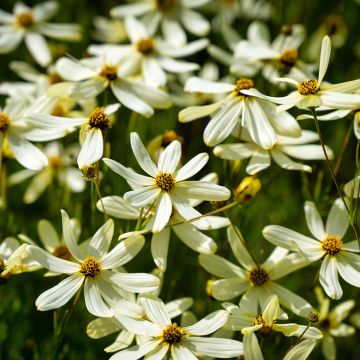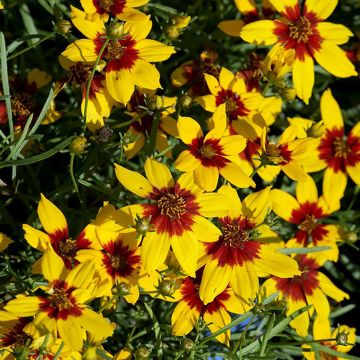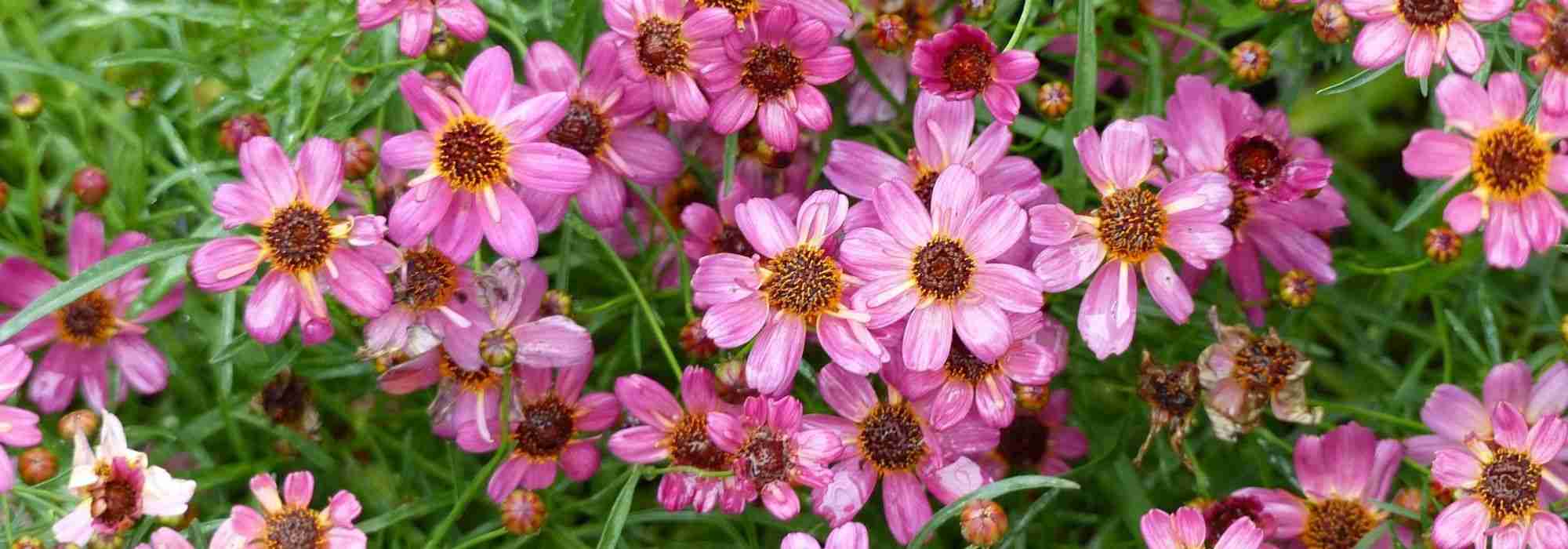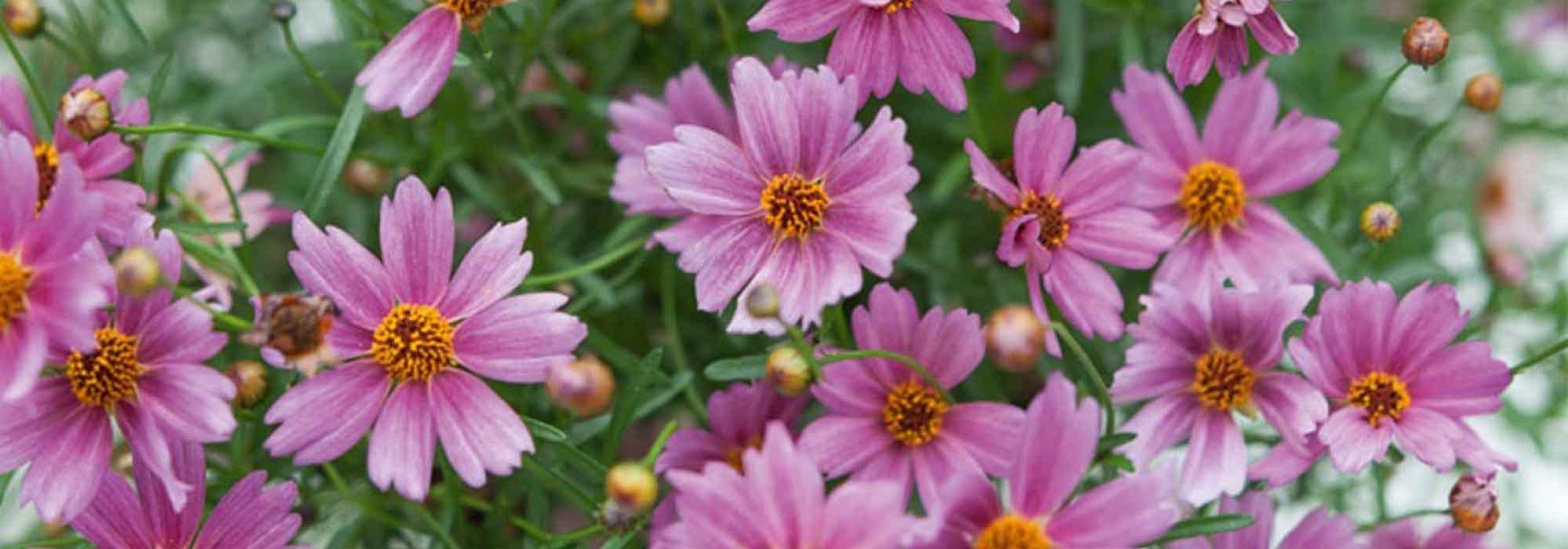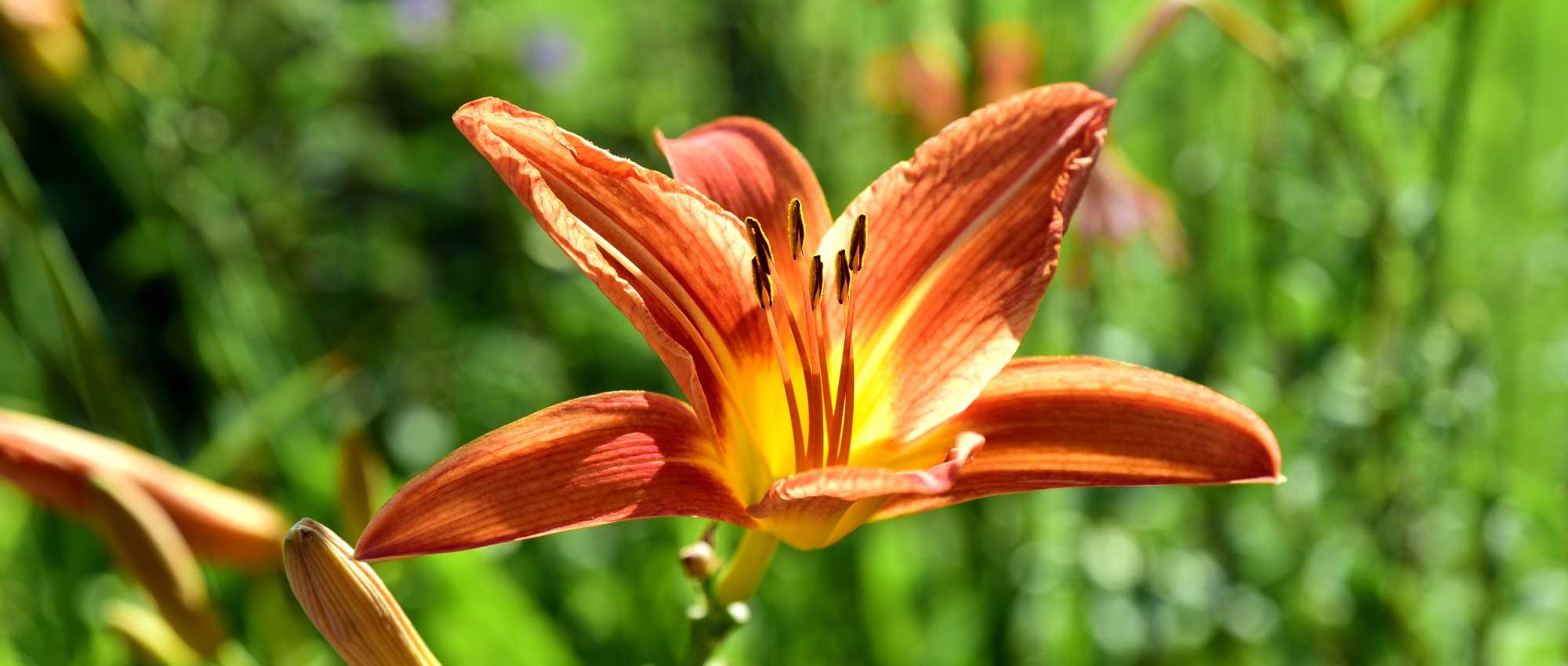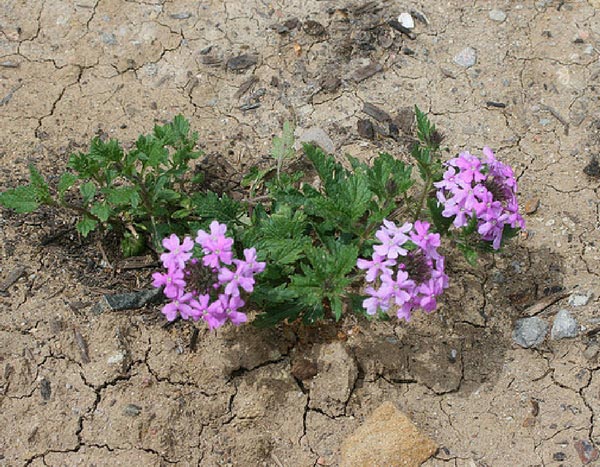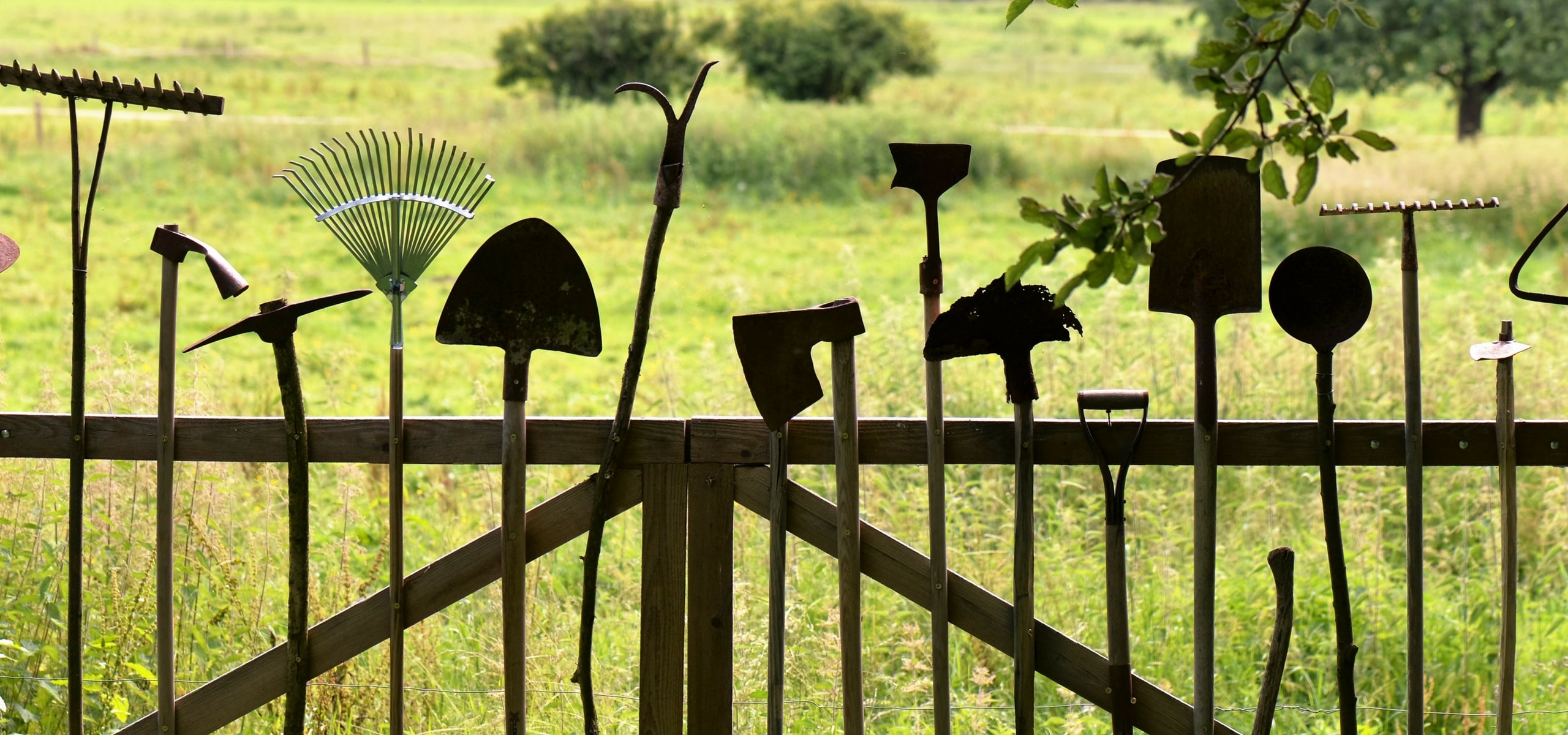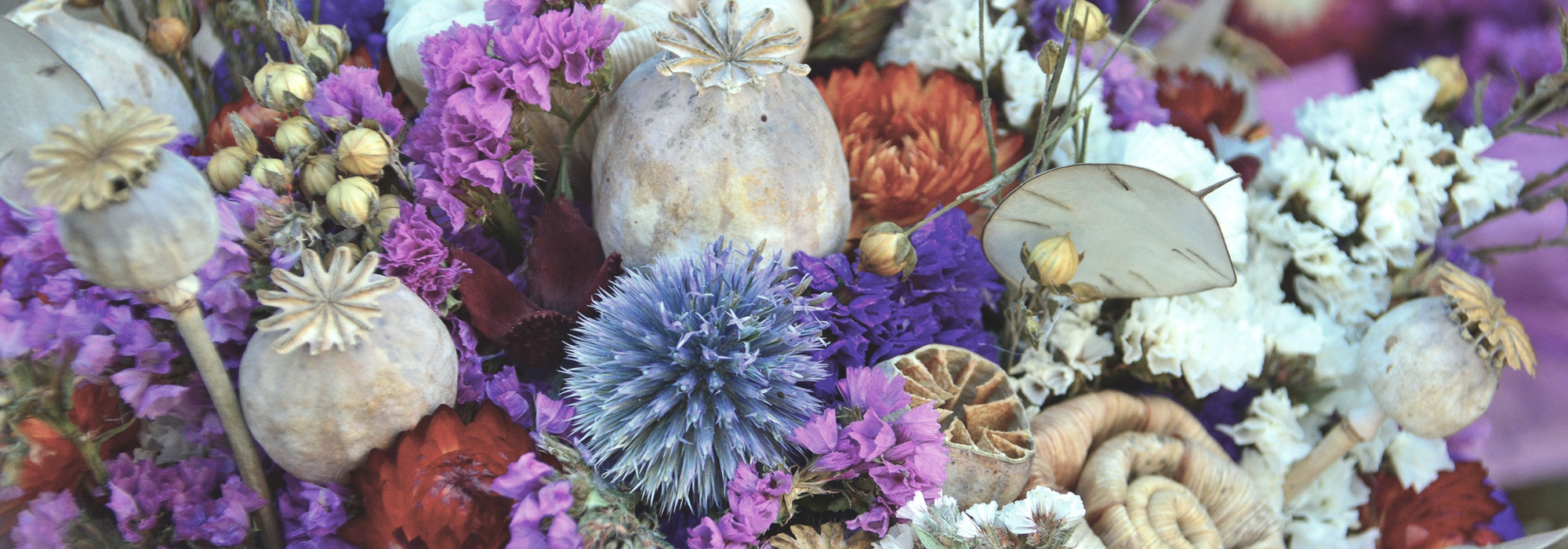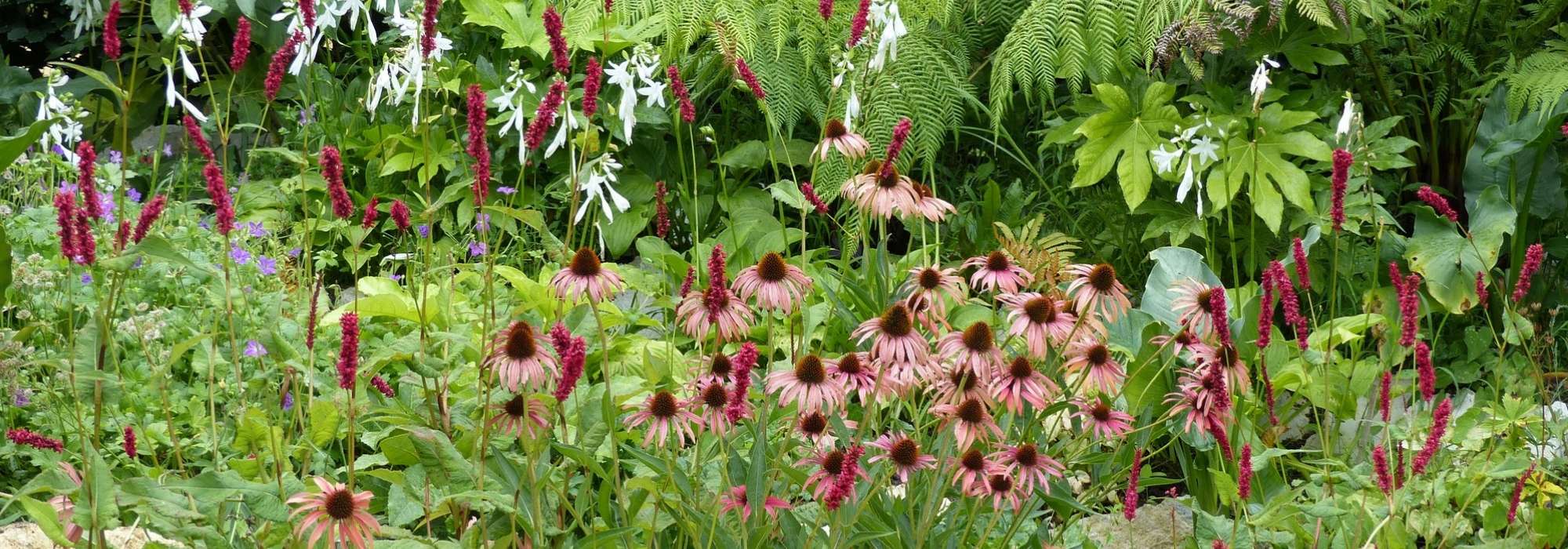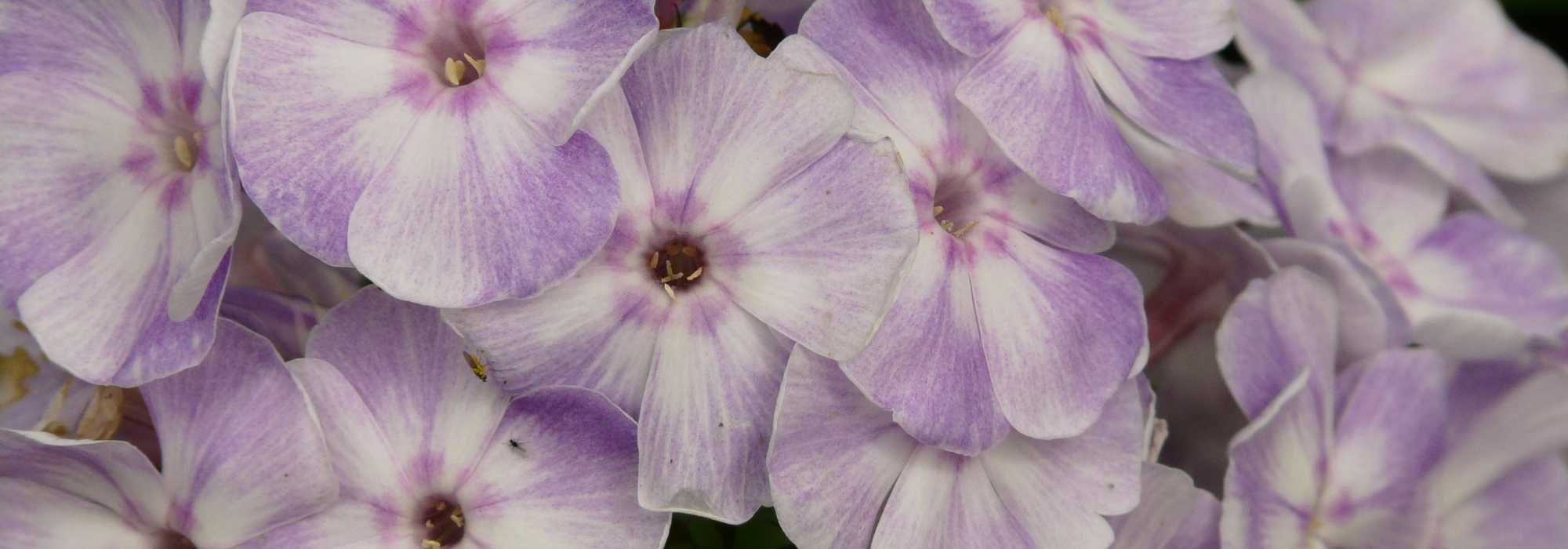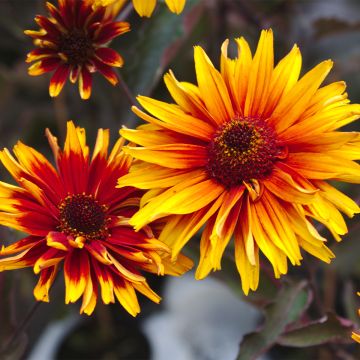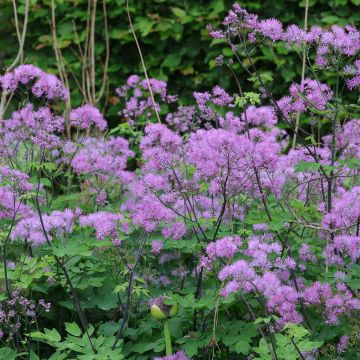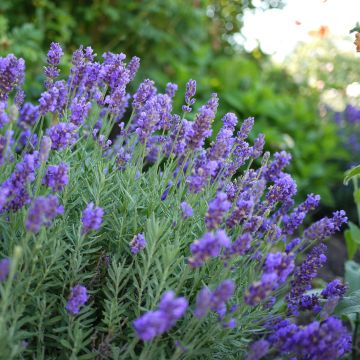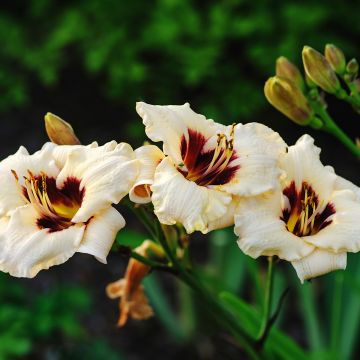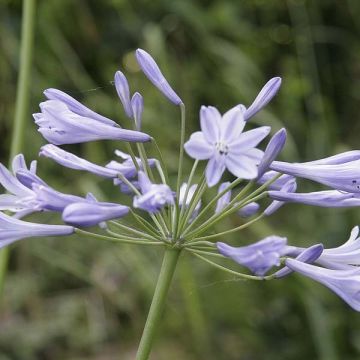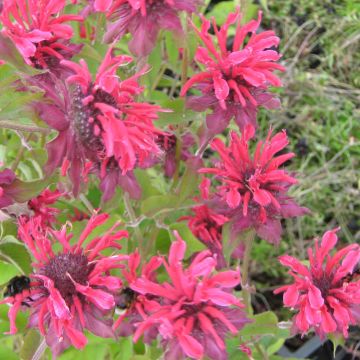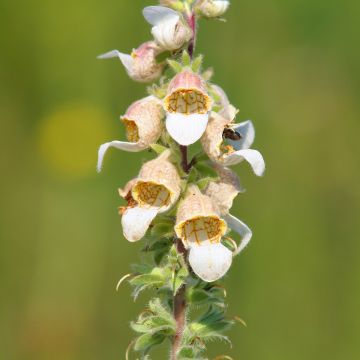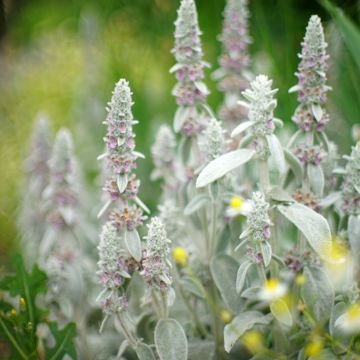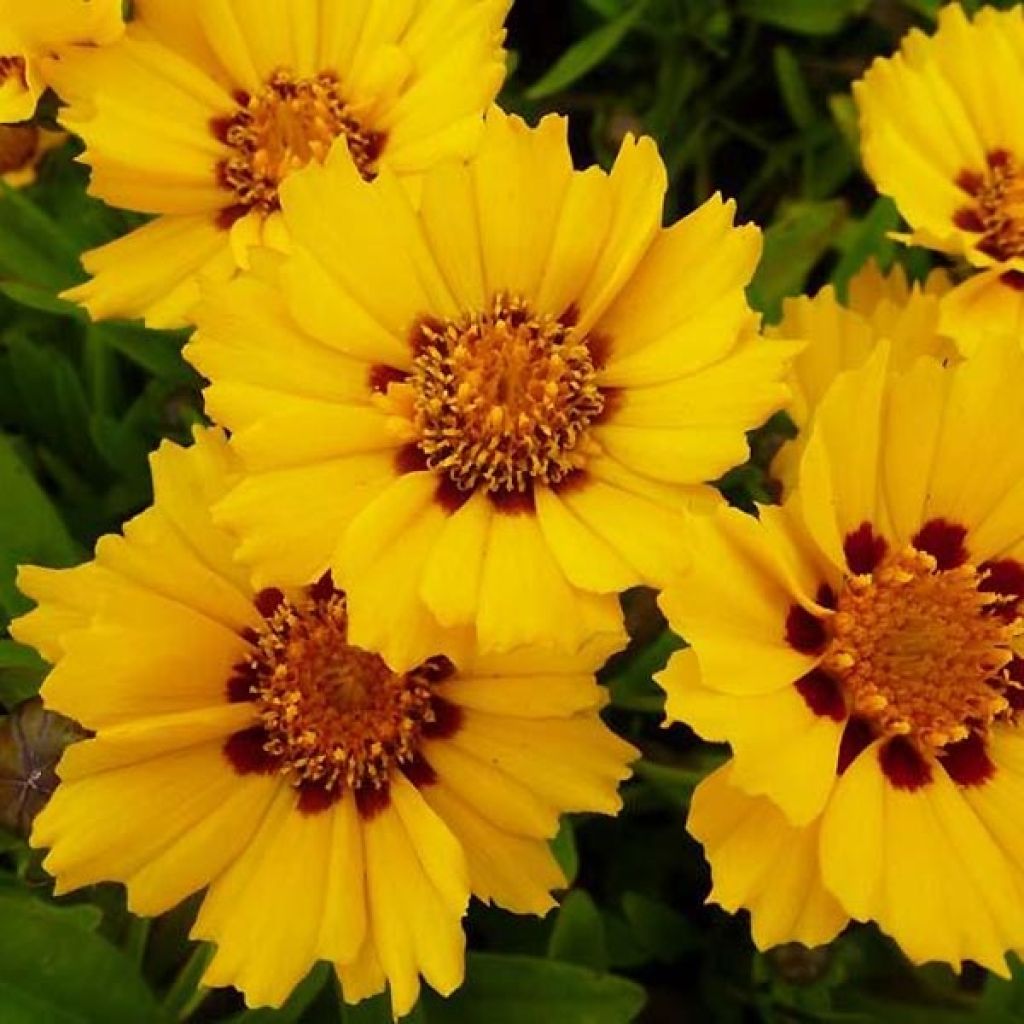

Coreopsis lanceolata Walter
Coreopsis lanceolata Walter
Coreopsis lanceolata Walter
Lance-leaved Tickseed
Special offer!
Receive a €20 voucher for any order over €90 (excluding delivery costs, credit notes, and plastic-free options)!
1- Add your favorite plants to your cart.
2- Once you have reached €90, confirm your order (you can even choose the delivery date!).
3- As soon as your order is shipped, you will receive an email containing your voucher code, valid for 3 months (90 days).
Your voucher is unique and can only be used once, for any order with a minimum value of €20, excluding delivery costs.
Can be combined with other current offers, non-divisible and non-refundable.
Why not try an alternative variety in stock?
View all →This plant carries a 12 months recovery warranty
More information
We guarantee the quality of our plants for a full growing cycle, and will replace at our expense any plant that fails to recover under normal climatic and planting conditions.
Would this plant suit my garden?
Set up your Plantfit profile →
Description
The Coreopsis lanceolata 'Walter' is a small plant with lanceolate leaves that blooms brightly in the summer. Its compact habit makes it easy to grow in a sunny flowerbed or border and it's also a hardy plant that can be used as ground cover in tough spots. This plant is undemanding and can thrive in well-drained soil.
The Coreopsis lanceolata 'Walter' is derived from the species Coreopsis lanceolata, a tufted perennial. It is a reliable plant that brightens flowerbeds in the summer with its compact habit and abundant flowering. This plant produces bright yellow flowers with brown spots and an orange centre that bloom repeatedly on the plant throughout the summer. Its deep green foliage is narrow, lanceolate, and shiny, gathered in tufts that garnish its stems.
Perennial coreopsis plants require full sun to flower well and they like a light, porous, gravelly or sandy soil that is well-drained. These plants are low maintenance and easy to care for. The Coreopsis lanceolata 'Walter' is a versatile plant and can be used in many ways, such as in a rockery, on a slope with wallflowers, love-in-a-mist, and wild flax, or in an herbaceous border with Teucrium chamaedrys or x lucidrys, thyme, and cotton lavenders. It can also be grown in a pot and needs very little water. The plant is also suitable for small summer bouquets.
Did you know? The flowers of Coreopsis tinctoria contain pigments that produce a beautiful and stable yellow-orange dye. Other species also contain them, but in lesser concentrations.
Coreopsis lanceolata Walter in pictures
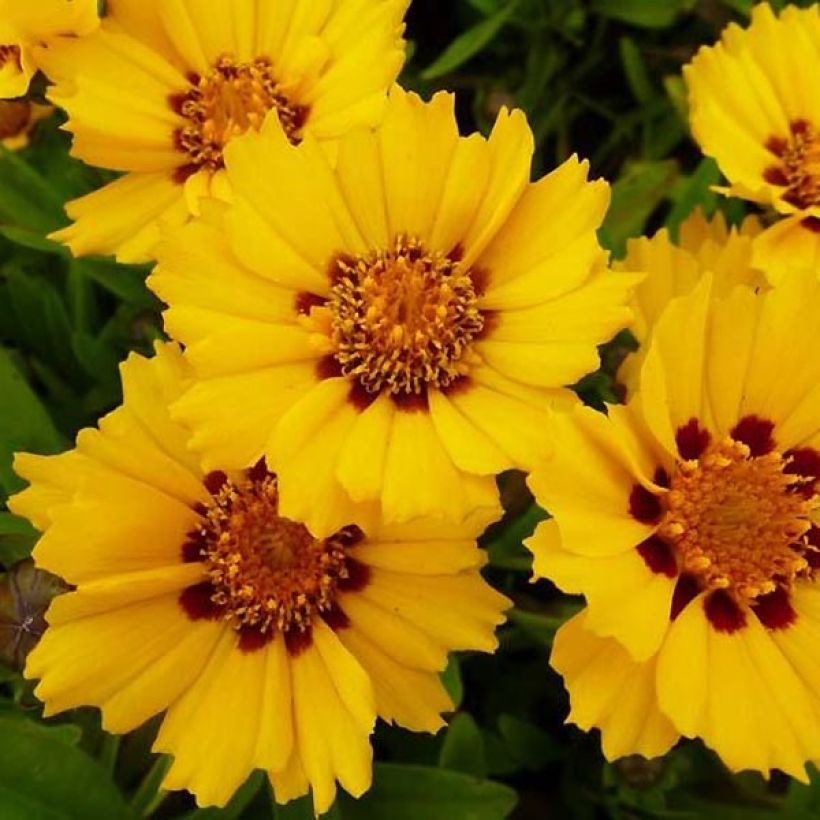

Flowering
Foliage
Plant habit
Botanical data
Coreopsis
lanceolata
Walter
Asteraceae
Lance-leaved Tickseed
Cultivar or hybrid
Other Coreopsis - Tickseed
View all →Planting and care
The Coreopsis lanceolata is a plant that needs well-drained soil with a sandy or rocky texture and lots of sunlight. It's best to avoid heavy and wet soil, as this can cause the plant to behave like an annual instead of a perennial. To keep the plant healthy, it's recommended to divide the clumps every three years and prune the foliage in September before winter.
Perennial coreopsis plants don't like winter moisture or heavy soil. They need full sunlight, even in hot weather, to produce the best flowers. They grow well in light, porous soil that's slightly acidic, neutral, or slightly chalky and always well-drained. They can also adapt to poor soil conditions. If the soil is moist and rich in humus, they can still thrive if the drainage is perfect. Removing faded flowers, especially at the end of August, can encourage the plant to rebloom. This plant is easy to care for and highly rewarding.
Planting period
Intended location
Care
Planting & care advice
This item has not been reviewed yet - be the first to leave a review about it.
Similar products
Haven't found what you were looking for?
Hardiness is the lowest winter temperature a plant can endure without suffering serious damage or even dying. However, hardiness is affected by location (a sheltered area, such as a patio), protection (winter cover) and soil type (hardiness is improved by well-drained soil).

Photo Sharing Terms & Conditions
In order to encourage gardeners to interact and share their experiences, Promesse de fleurs offers various media enabling content to be uploaded onto its Site - in particular via the ‘Photo sharing’ module.
The User agrees to refrain from:
- Posting any content that is illegal, prejudicial, insulting, racist, inciteful to hatred, revisionist, contrary to public decency, that infringes on privacy or on the privacy rights of third parties, in particular the publicity rights of persons and goods, intellectual property rights, or the right to privacy.
- Submitting content on behalf of a third party;
- Impersonate the identity of a third party and/or publish any personal information about a third party;
In general, the User undertakes to refrain from any unethical behaviour.
All Content (in particular text, comments, files, images, photos, videos, creative works, etc.), which may be subject to property or intellectual property rights, image or other private rights, shall remain the property of the User, subject to the limited rights granted by the terms of the licence granted by Promesse de fleurs as stated below. Users are at liberty to publish or not to publish such Content on the Site, notably via the ‘Photo Sharing’ facility, and accept that this Content shall be made public and freely accessible, notably on the Internet.
Users further acknowledge, undertake to have ,and guarantee that they hold all necessary rights and permissions to publish such material on the Site, in particular with regard to the legislation in force pertaining to any privacy, property, intellectual property, image, or contractual rights, or rights of any other nature. By publishing such Content on the Site, Users acknowledge accepting full liability as publishers of the Content within the meaning of the law, and grant Promesse de fleurs, free of charge, an inclusive, worldwide licence for the said Content for the entire duration of its publication, including all reproduction, representation, up/downloading, displaying, performing, transmission, and storage rights.
Users also grant permission for their name to be linked to the Content and accept that this link may not always be made available.
By engaging in posting material, Users consent to their Content becoming automatically accessible on the Internet, in particular on other sites and/or blogs and/or web pages of the Promesse de fleurs site, including in particular social pages and the Promesse de fleurs catalogue.
Users may secure the removal of entrusted content free of charge by issuing a simple request via our contact form.
The flowering period indicated on our website applies to countries and regions located in USDA zone 8 (France, the United Kingdom, Ireland, the Netherlands, etc.)
It will vary according to where you live:
- In zones 9 to 10 (Italy, Spain, Greece, etc.), flowering will occur about 2 to 4 weeks earlier.
- In zones 6 to 7 (Germany, Poland, Slovenia, and lower mountainous regions), flowering will be delayed by 2 to 3 weeks.
- In zone 5 (Central Europe, Scandinavia), blooming will be delayed by 3 to 5 weeks.
In temperate climates, pruning of spring-flowering shrubs (forsythia, spireas, etc.) should be done just after flowering.
Pruning of summer-flowering shrubs (Indian Lilac, Perovskia, etc.) can be done in winter or spring.
In cold regions as well as with frost-sensitive plants, avoid pruning too early when severe frosts may still occur.
The planting period indicated on our website applies to countries and regions located in USDA zone 8 (France, United Kingdom, Ireland, Netherlands).
It will vary according to where you live:
- In Mediterranean zones (Marseille, Madrid, Milan, etc.), autumn and winter are the best planting periods.
- In continental zones (Strasbourg, Munich, Vienna, etc.), delay planting by 2 to 3 weeks in spring and bring it forward by 2 to 4 weeks in autumn.
- In mountainous regions (the Alps, Pyrenees, Carpathians, etc.), it is best to plant in late spring (May-June) or late summer (August-September).
The harvesting period indicated on our website applies to countries and regions in USDA zone 8 (France, England, Ireland, the Netherlands).
In colder areas (Scandinavia, Poland, Austria...) fruit and vegetable harvests are likely to be delayed by 3-4 weeks.
In warmer areas (Italy, Spain, Greece, etc.), harvesting will probably take place earlier, depending on weather conditions.
The sowing periods indicated on our website apply to countries and regions within USDA Zone 8 (France, UK, Ireland, Netherlands).
In colder areas (Scandinavia, Poland, Austria...), delay any outdoor sowing by 3-4 weeks, or sow under glass.
In warmer climes (Italy, Spain, Greece, etc.), bring outdoor sowing forward by a few weeks.






























